
“I've designed a lot of sculptures, a lot of furniture, buildings, and interiors,” says Zaha Hadid Architects Director Melodie Leung, “but this [project] was quite special because it was really moving into a very different medium.” The project in question is a spiraling amber creation for The Dalmore Single Malt Scotch Whisky, the latest chapter of the brand’s Luminary Series.
Leung worked alongside Master Whisky Maker Gregg Glass and Master Distiller Richard Paterson OBE to conceive of The Rare—a 49-year-old single malt encased in Leung’s sculpture—as well as The Collectible—matured in American white oak ex-Bourbon barrels and finished in Graham’s Tawny Port pipes and 30 year old Apostoles Sherry casks with the lightest touch of exceptionally rare peated Dalmore—which mirrors The Rare’s design. The former will have only two editions made, one of which is to be auctioned off at Sotheby’s with proceeds going to benefit the V&A Dundee design museum in Scotland.
“Gregg and I were both speaking about how this project is an inflection point and it's changed forever the way that he's going to approach whisky-making,” Leung tells CULTURED. “It's also a very clear inflection point in my own personal journey as a designer.” Here, the renowned architect parses through just what made the collaboration such a standout, and what lessons she’ll be taking into her next endeavor.

CULTURED: What were you able to learn about the process of making whisky?
Melodie Leung: As with any project, we always start with the process of discovery. With a very, very open mind, we try to learn more about the process of whisky-making. It's fascinating, obviously, because you have generations of people that have been making it. It sits in casks that have made sherry and port, and this influences the ways in which the flavor comes from the cask into the whisky over time. That's also transferred through the expertise of the distillers.
On the one hand, it’s super poetic because you don't even necessarily personally know some of the people that you're collaborating with. On the other hand, even before I went to the distillery, I remember when Gregg came to our office [and] we were making our own recipes and so in that sense, we were working with the whisky and the flavor and the scent. They also introduced me to some images, and I was really struck by the copper stills they have in the distillery.
That started to open up these ideas in my mind about this continuous movement of the vapors and the liquid. That can happen quickly and slowly—always endless movement through different vessels. That struck a chord with me because in architecture we often think of ourselves as designing these vessels for life and the way that people move through them. They're not dictating, necessarily, the way that people use the space, but they also very much encourage and formulate how people interact.
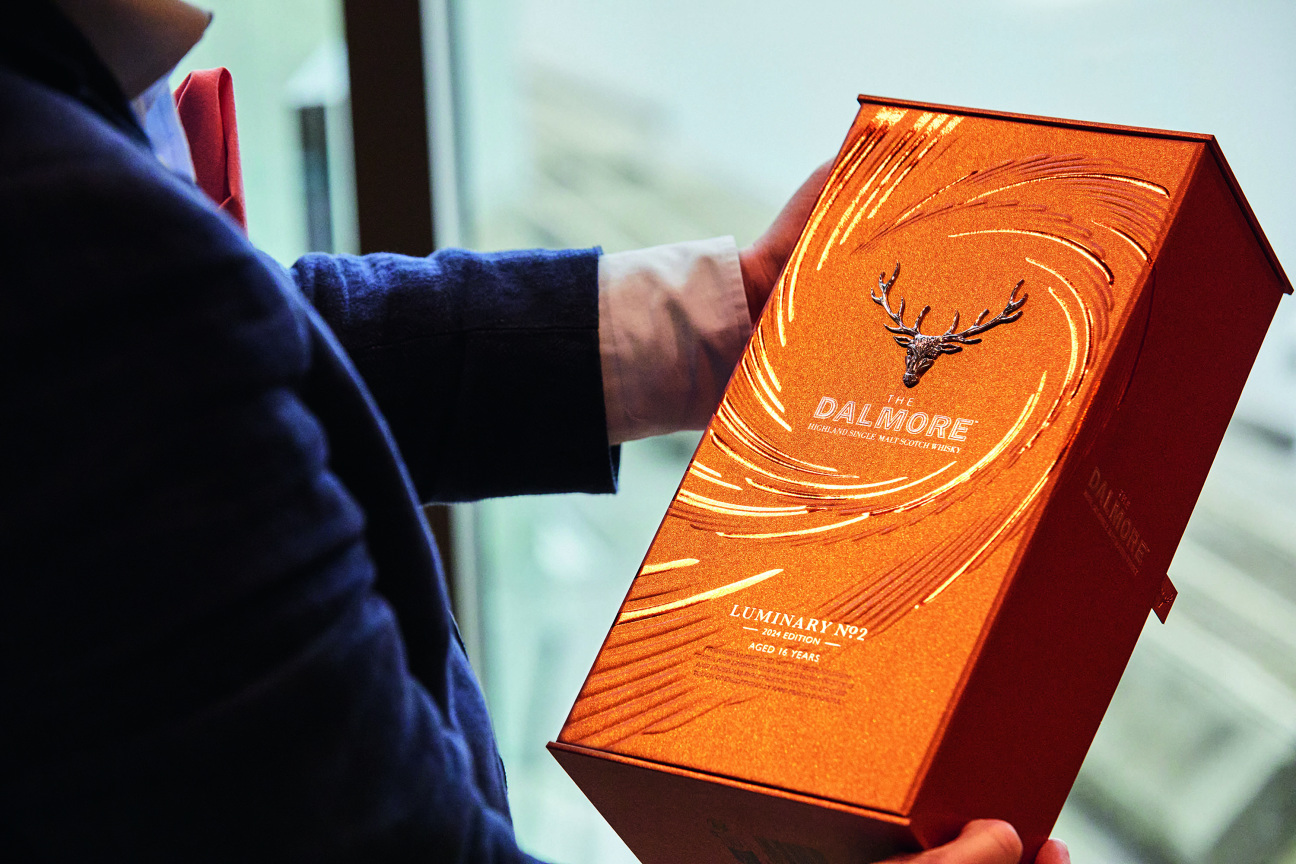
CULTURED: Were you already a whisky drinker when this project came about?
Leung: I enjoyed whisky, but I wasn't an expert. I was very, very shy. I still am in speaking about whisky. At the same time, I've learned so much about the process and, most importantly, about the people behind a product like The Dalmore. Gregg thinks in a really spatial way. When you're tasting whisky, it's also a spatial experience because you move it through your mouth and you have different types of sensory approaches to it. It's something that's experienced through time.
CULTURED: Were you able to find a lot of those points of similarity in approach or in your practices?
Leung: There's so many parallels. We both work in an iterative manner, which means you have to put pen to paper, you have to do sketches, you have to mock up recipes, you have to try different proportions in the whisky. Gregg said he had 300 versions of the whisky in their distillery, and we probably have 300 3D models on our server at this point. Once we picked a trajectory for the design of the sculpture, I showed it to Richard and Gregg and they were super excited because, for them, it evoked how they think about whisky—this swirling movement and this idea that there are all these layers to it.
They were also saying, “Is that the fullest expression you can create?” Of course not, because that was only 25 percent of the way through the project. I took it back with my team. We did more iterations, more studies, we tried again, more different directions to develop the design. The other parallel I found is in both the glass sculpture and the whisky: the more you sit with the whisky, the more you look at the sculpture, the more you will discover.
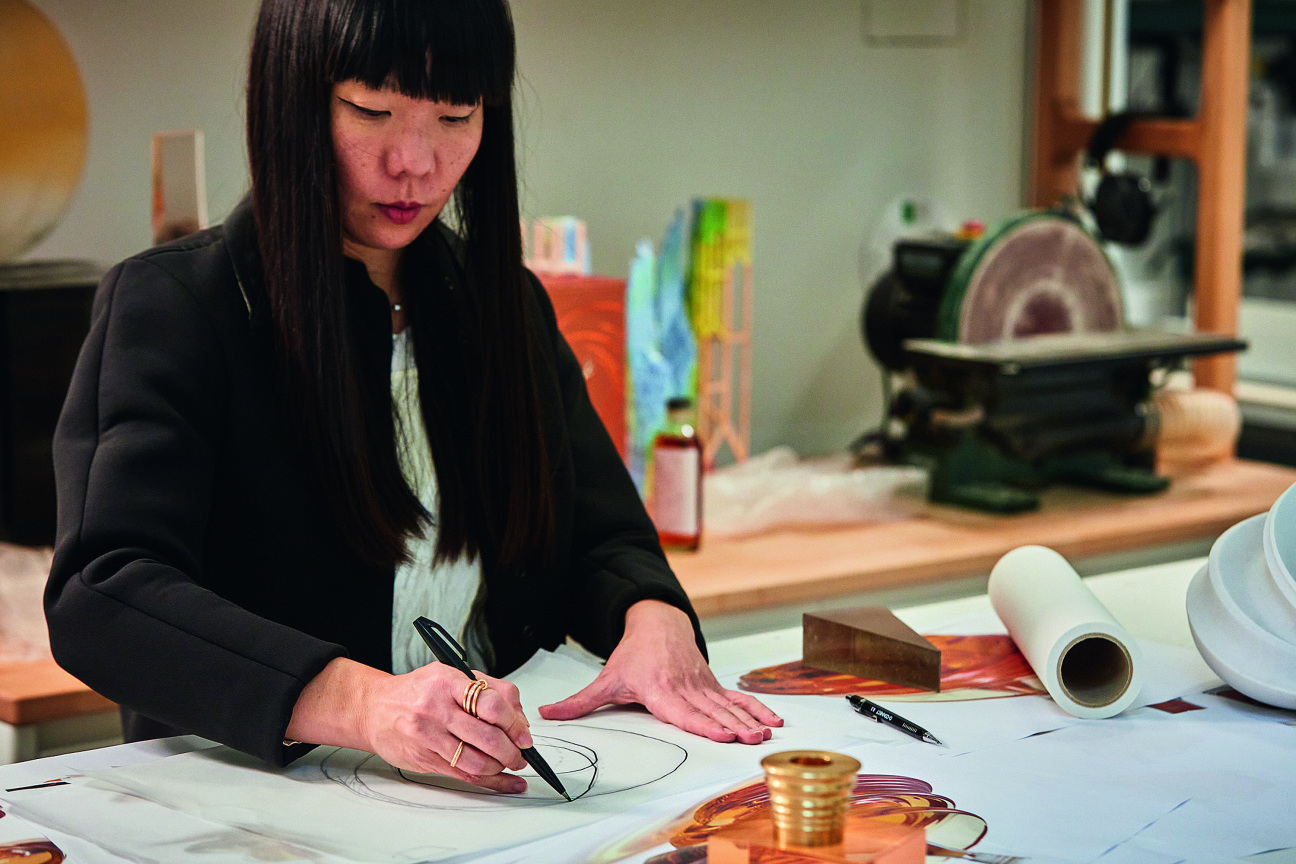
CULTURED: There's also a new exhibition at the V&A Dundee, “Photo City: How Images Shape the Urban World,” featuring work by Zaha Hadid Architects. In your own practice, have there been any works of art, whether it's photography or anything else, that you found to be particularly impactful?
Leung: It's important to be really curious, and I'm inspired and fascinated by many different things across many different realms—from music to art to architecture. If I have to choose one photographer at this moment, I would say Hélène Binet because she is a long-term collaborator with the office. She photographed some of Zaha Hadid’s very early projects when they were in the construction stages then documented them as they were being constructed.
To this day, I find her really inspiring because I'm always seeing something new when I look at her photographs. I'm always learning something from her work because she spends so much time understanding the three-dimensionality of a project and studying it throughout different times of day before she captures it in that one ultimate photograph.
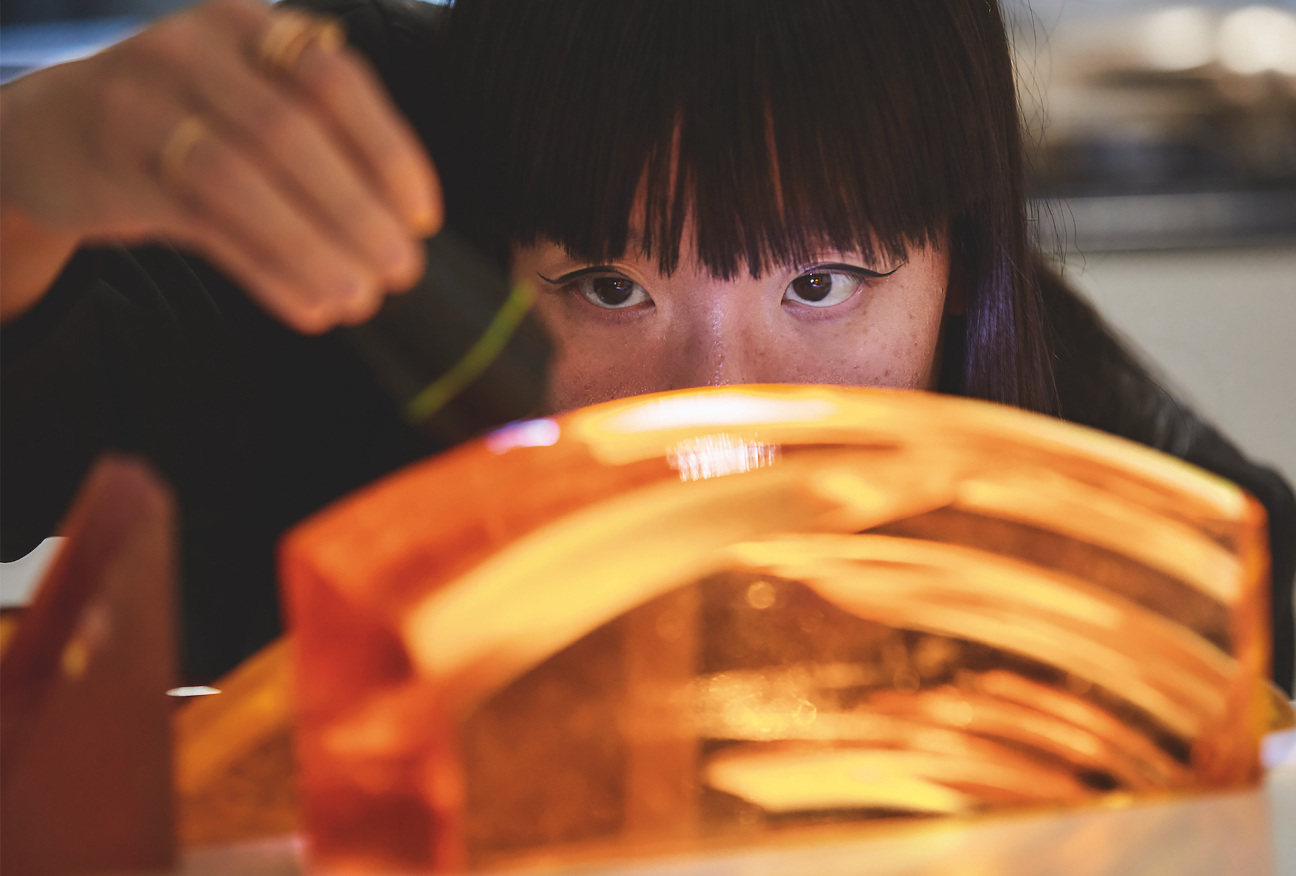
CULTURED: Going outside of just this project, are there a few ingredients that you find are essential for a successful collaboration?
Leung: Obviously, trust. If you're creating anything interesting and new, you're also heading into a vulnerable place because you don't know if it's going to come out the other end. You always have to balance the ideas and the ambitions with this grasp on reality and what's physically possible. Also, trust that every idea can be considered.
I have to say I'm learning all the time from the designers on my team, from people who are much younger than me, from people who are much older and more experienced than me. You have to be able to approach any problem-solving situation or any design project with a really open mind. The more different perspectives and the more different types of experience you can bring into a project, the more suited the final result will be. It's just much more considered and thought out.


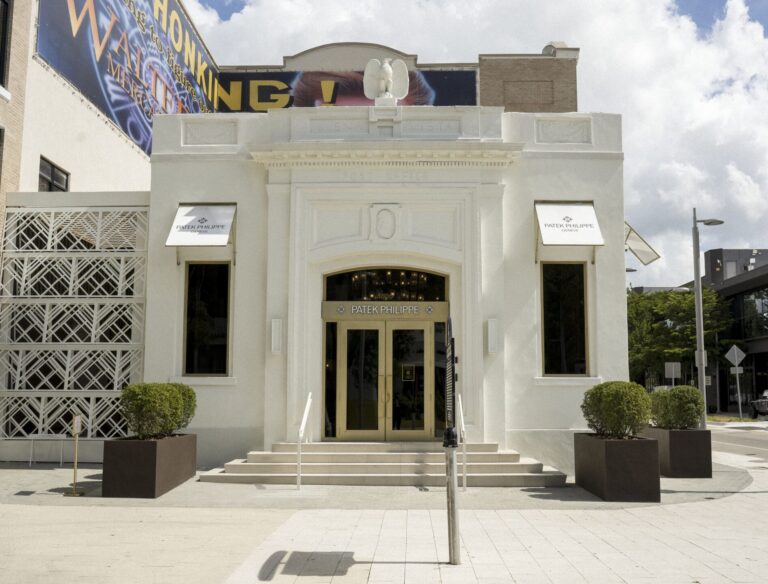
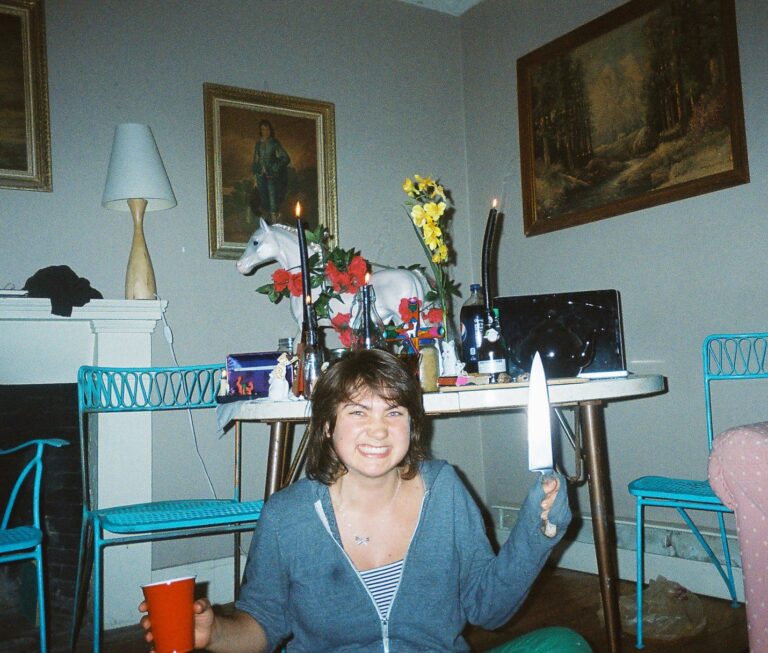

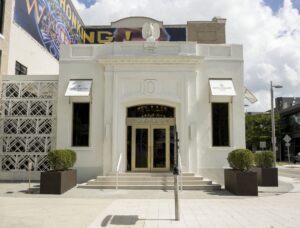




 in your life?
in your life?

